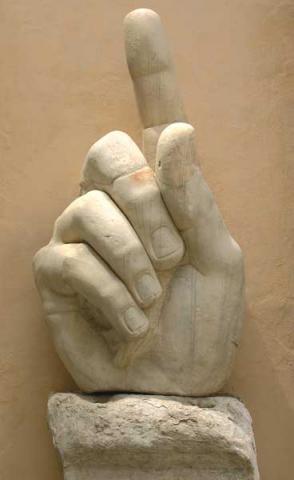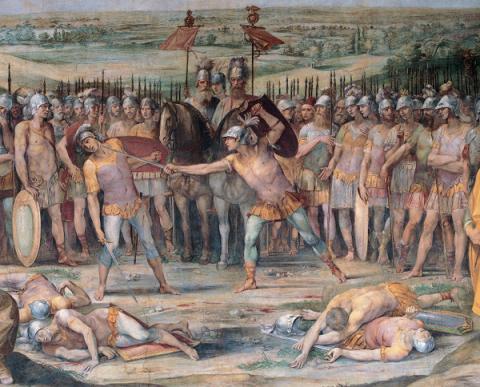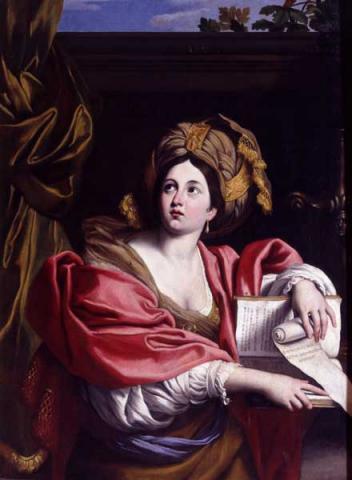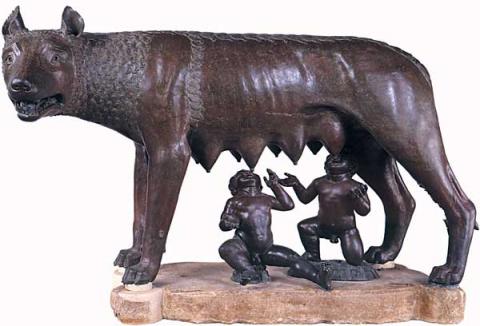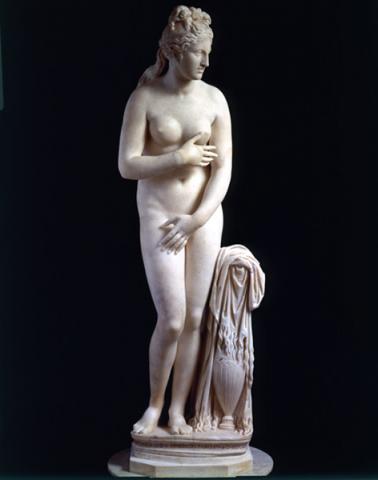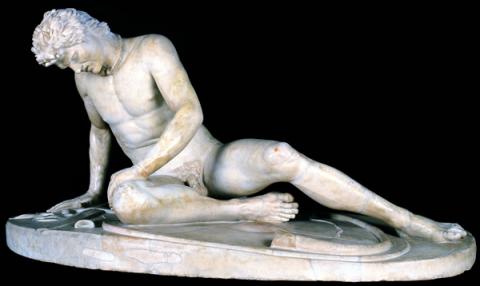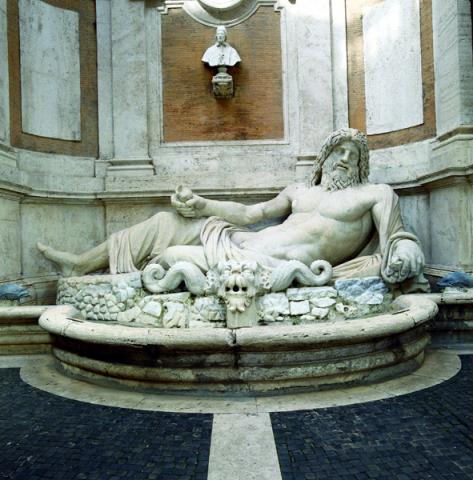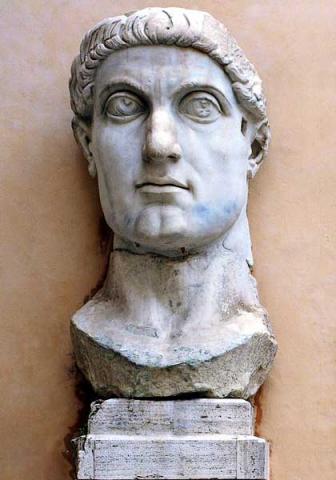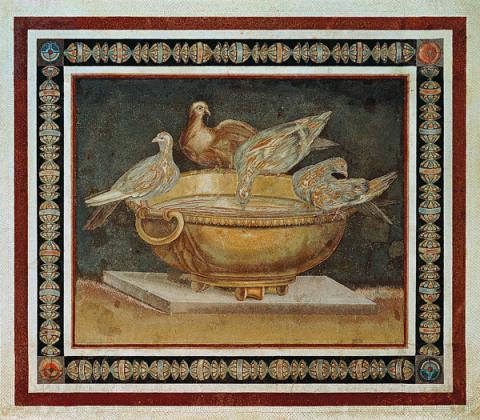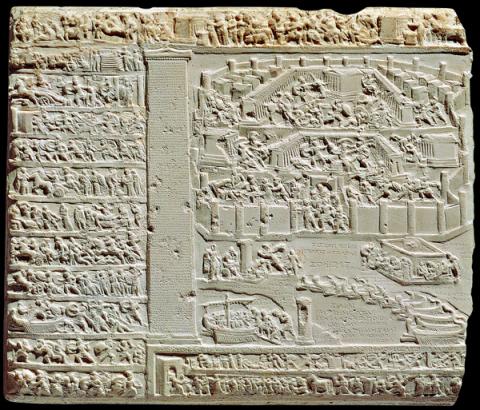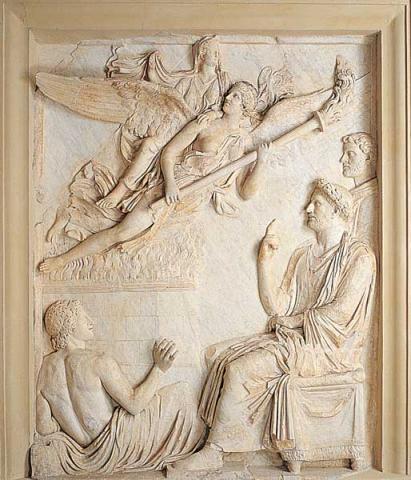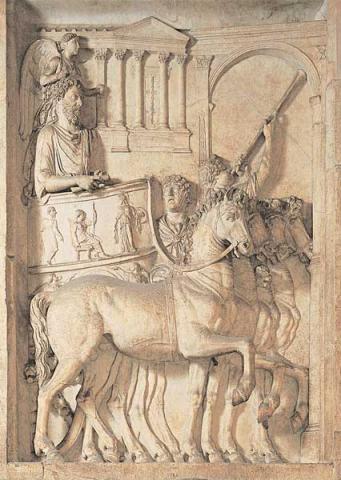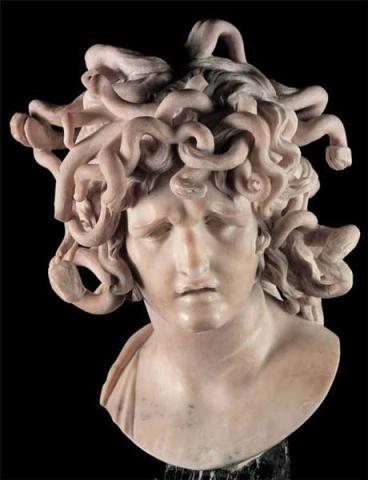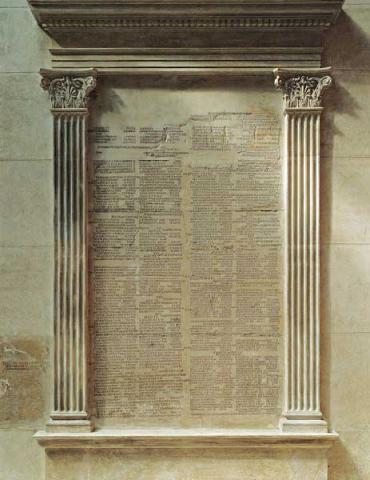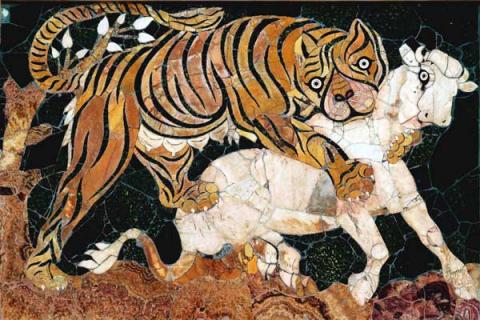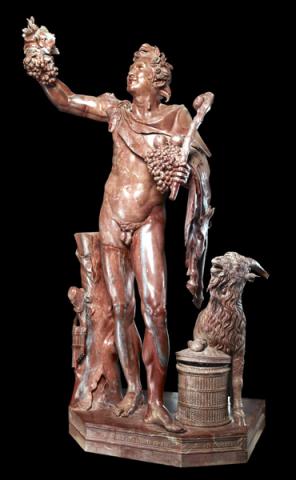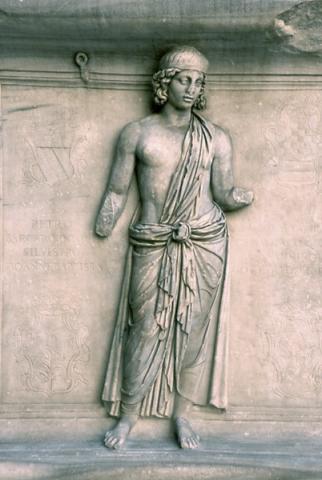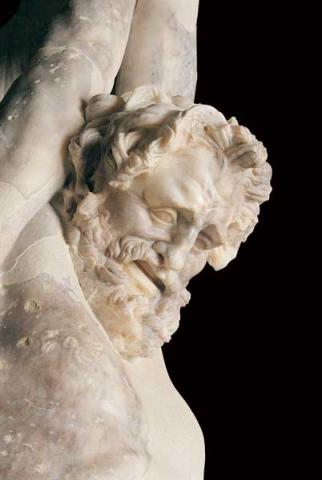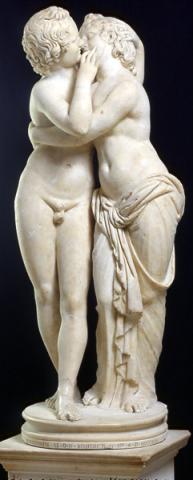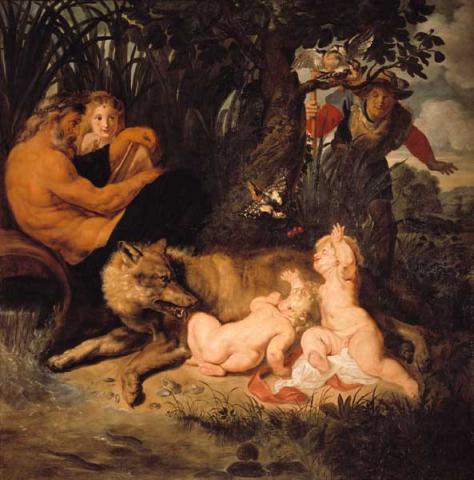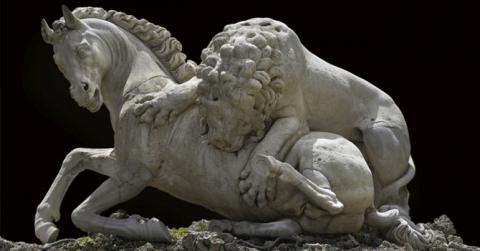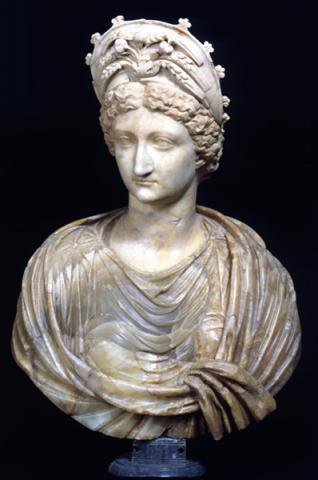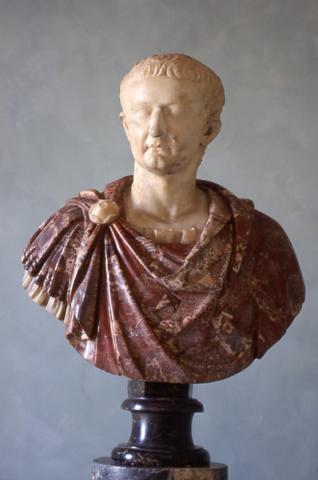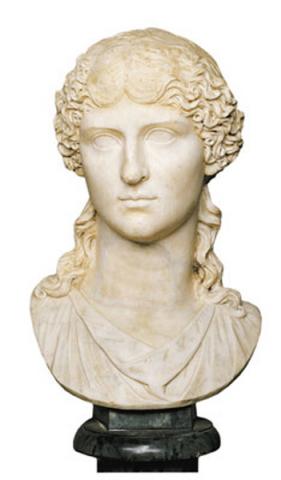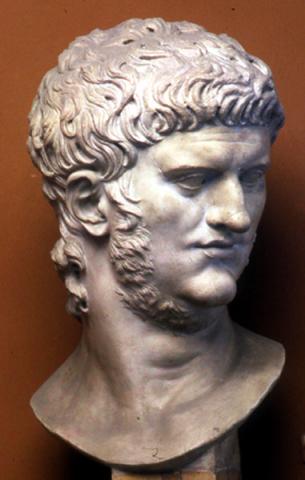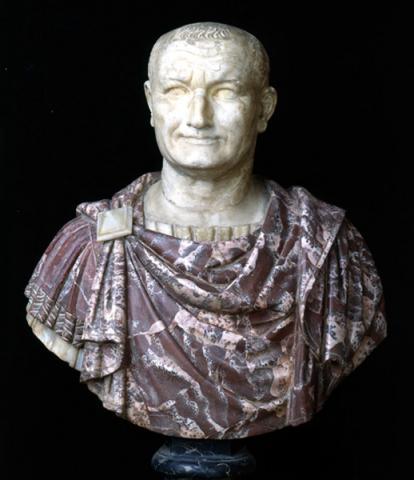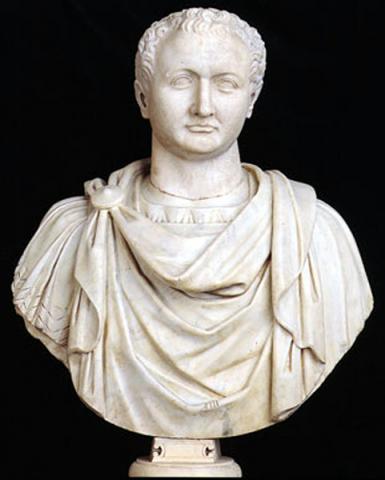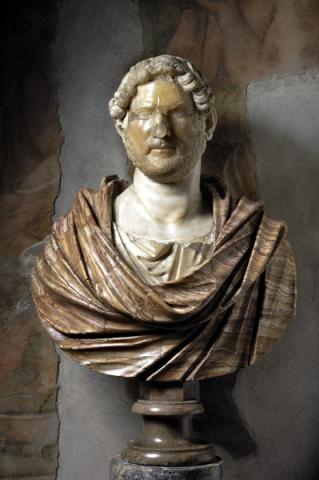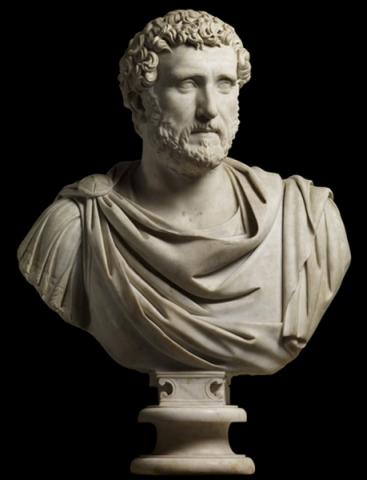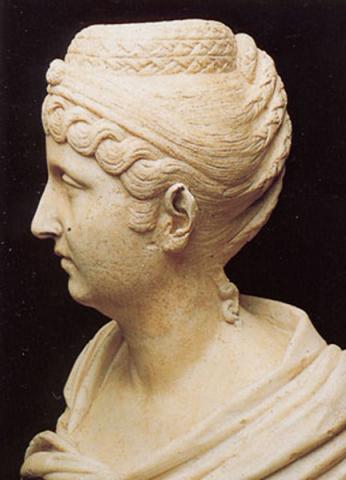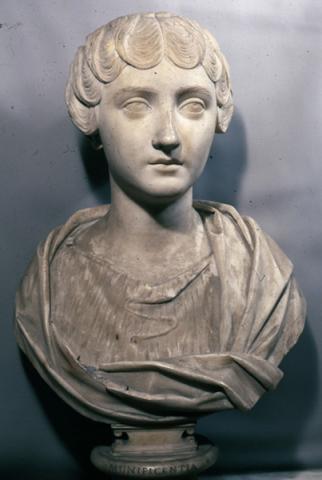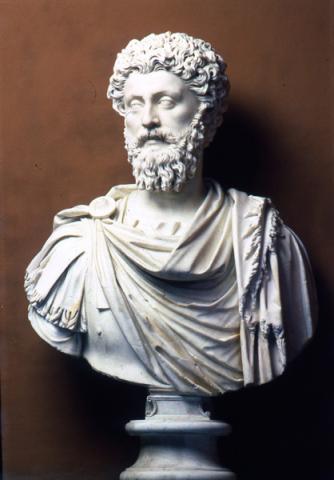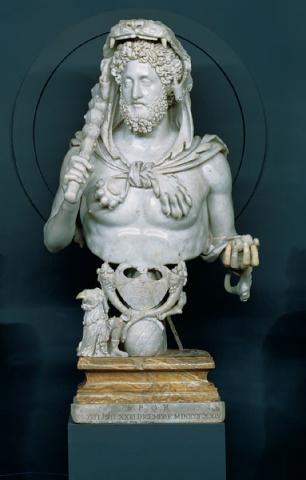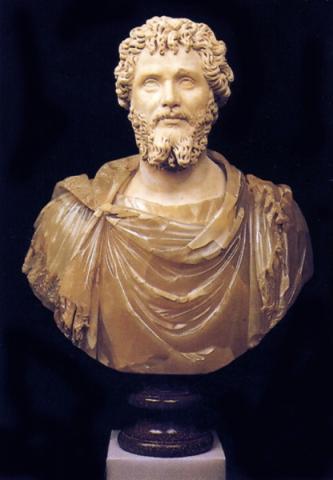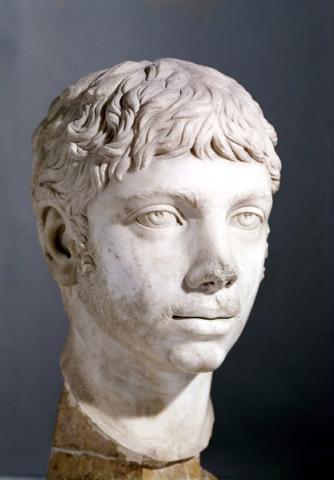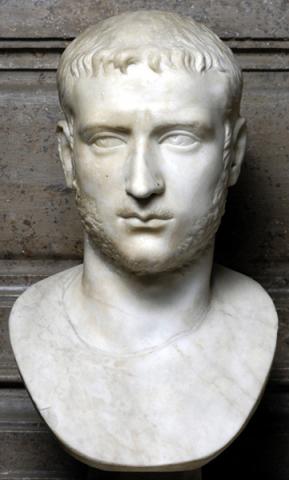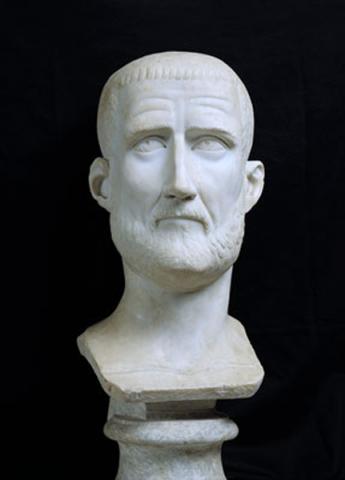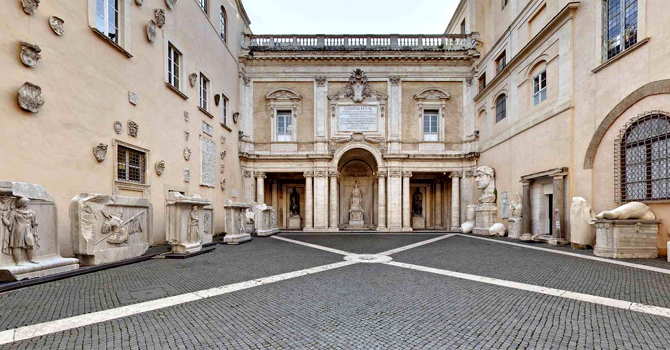Colossal statue of Constantine: head
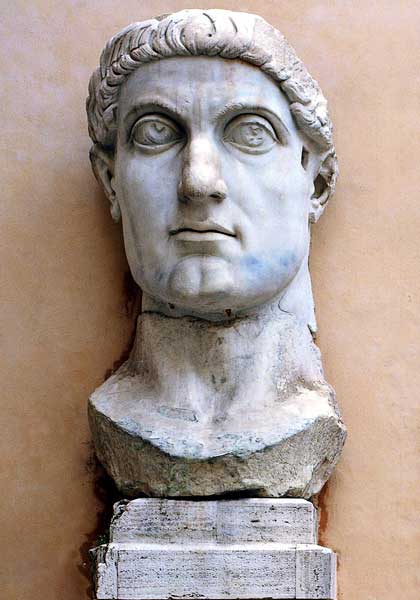
The head and nine other fragments of a marble male body visible in the courtyard of the Palazzo dei Conservatori belong to one of the very few statues of colossal size surviving - albeit partially - from antiquity. It is estimated to have originally been between 10 and 12 metres high.
Its physiognomy, unmistakable, is that of Emperor Constantine the Great (306-337 A.D.). He can be recognised by his square face, aquiline nose and wide-open eyes with his gaze fixed forward. Another distinctive element is the hairstyle with the fringe of hair forming an almond shape on the forehead, typical of the portrait type known as the quinquennalia. This is the official image, also reproduced on the Arch of Constantine, created in 311 A.D. to celebrate the five years since his designation as Augustus. It was found in the 15th century in the western apse of the so-called Basilica of Maxentius, a building modified and finished by Constantine.
Opere del percorso
The hall
The two porticoes on opposite sides and the large open-air space contain important examples of Roman sculpture.
On the left we can see remains of the cell decoration from the Temple of the God Hadrian, with reliefs portraying the Provinces of the Roman empire and military trophies.
Along the righthand wall of the courtyard, containing the embedded remains of three archways belonging to the palazzo's original XV century structure, is a row of fragments from a colossal statue of Constantine from the Basilica of Maxentium.


























